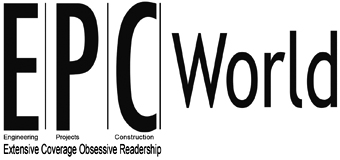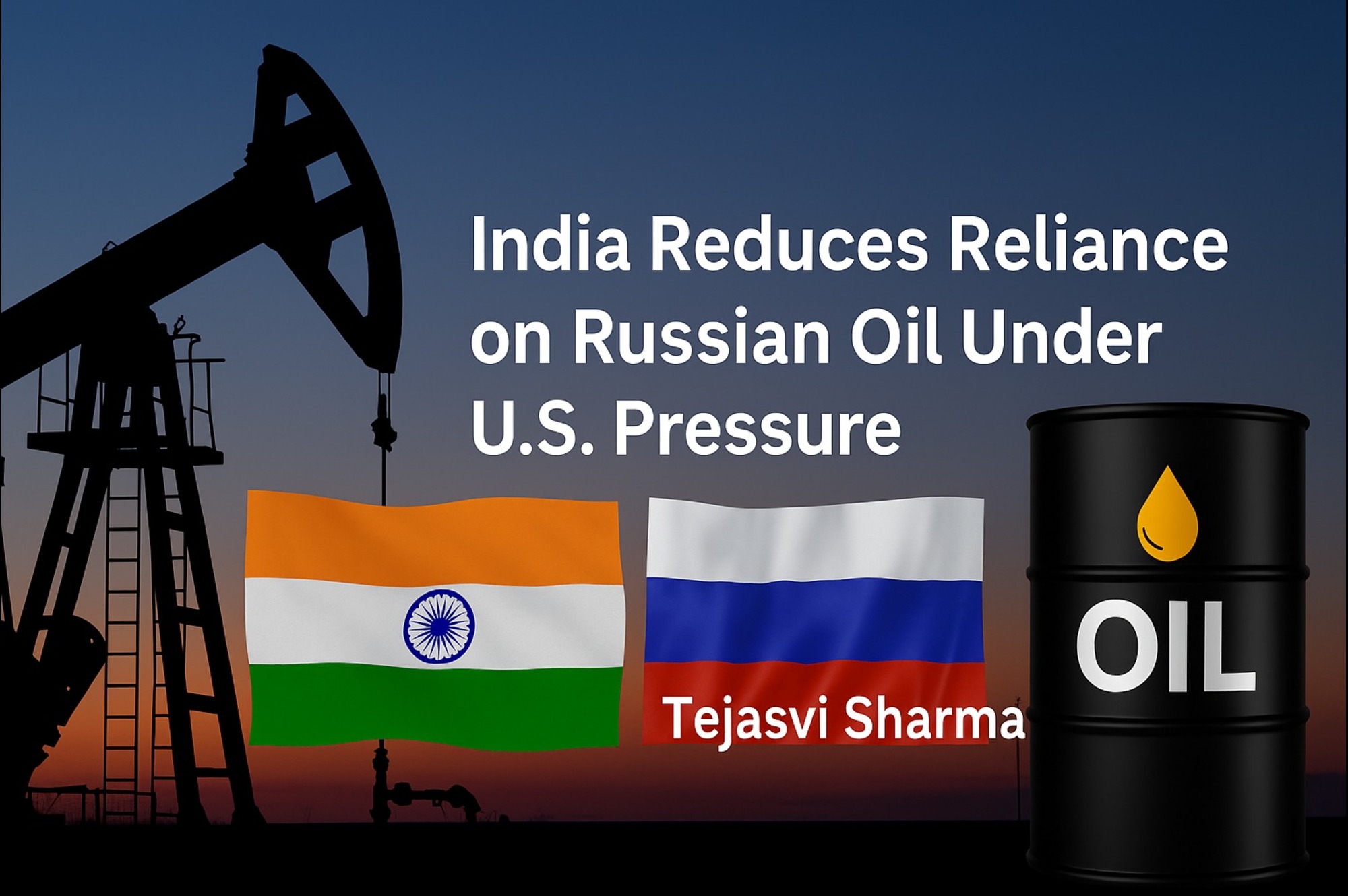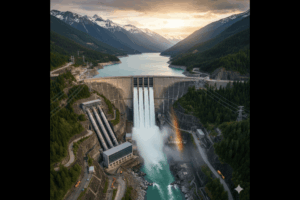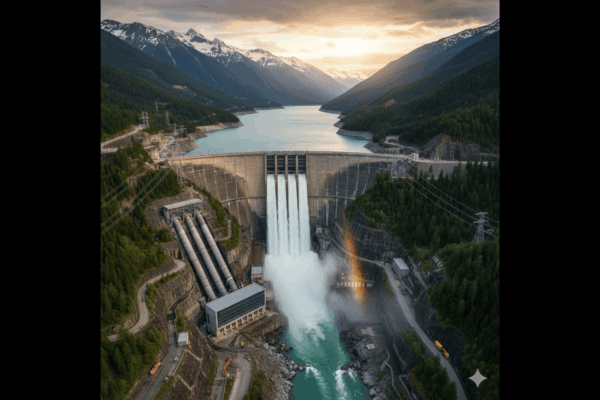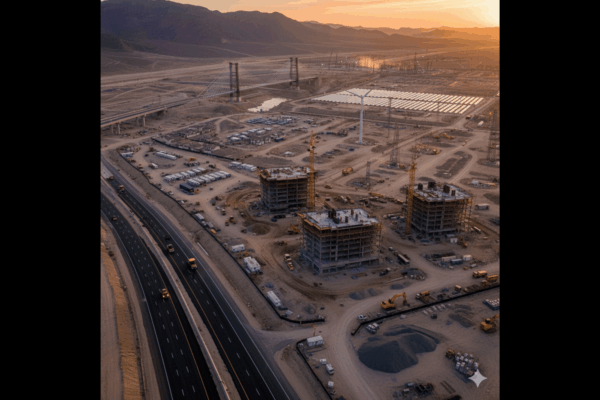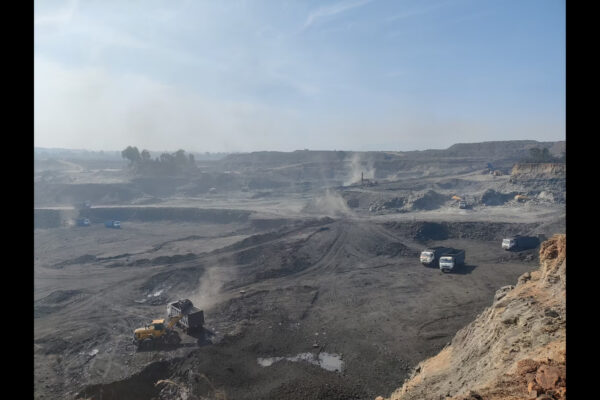India’s Energy Pivot: Reducing Reliance on Russian Oil Under U.S. Pressure
by Tejasvi Sharma, Editor-in-Chief, EPC World
India, traditionally one of the world’s largest consumers of crude oil, now finds itself navigating a geopolitical tightrope. In the face of escalating Taiwan-like U.S. pressure—manifested in punitive tariffs—New Delhi is recalibrating its energy strategy, moving away from Russian crude and embracing diversification. The economic and diplomatic ramifications of this shift promise to be profound.
A Strategic U‑Turn
In late July, India’s state-owned refiners—including Indian Oil Corporation (IOC), Bharat Petroleum (BPCL), Hindustan Petroleum (HPCL), and Mangalore Refinery and Petrochemicals (MRPL)—halted spot-market purchases of Russian crude. Sources told Reuters that Russian discounts had narrowed, and Trump’s warnings against continuing such purchases intensified the shift.
Shortly thereafter, IOC and BPCL secured 22 million barrels of non-Russian crude for September–October 2025 delivery. IOC acquired 2 million barrels of U.S. Mars crude, 2 million barrels of Brazilian grades, and 1 million barrels of Libyan Sarir and Mesla, while BPCL added 9 million barrels sourced from Angola, the U.S., Abu Dhabi, and Nigeria
Detailed Diversification
This procurement move signals a deliberate diversification away from Moscow. IOC alone previously relied heavily on Russian oil, drawn by steep discounts. But as political heat grew—and U.S. tariffs were threatened—the economics of such trade began to shift.
U.S. Tariffs: A Strategic Lever
On August 6, 2025, President Trump escalated trade tensions by announcing a new executive order: an additional 25% tariff on Indian goods—on top of an existing 25%—bringing the cumulative rate to a staggering 50%.
Reuters reports that such tariffs risk cutting up to 0.8 percentage points from India’s GDP growth and making its $87 billion in U.S.-bound exports economically untenable—placing immense pressure on New Delhi to adjust its energy procurement practices
A Calculated Economic Response
India’s pivot away from Russian crude is less a moral stance and more an economic calculus. “The tariff is already a watered-down version of the 100% levy Trump once threatened”, noted one Reuters columnist, highlighting the symbolic over literal intent
By diversifying its crude oil sources to include the Middle East, West Africa, and North America, India is not merely mitigating tariff risk—it’s recalibrating its energy security strategy for the long run.
Geopolitical Stakes and Global Trade
Trump’s aggressive tariff posture is designed to penalize energy ties with Russia, but for India, it marks a broader challenge of balancing strategic autonomy with export priorities. Energy policymaking now dovetails with trade diplomacy.
Analysts caution that while India’s imports of Russian oil once constituted a whopping 40% of its total crude imports, the recalibration entails short-term pain but long-term resilience. Sectors reliant on refined petroleum—especially ones serving export markets—must brace for rising input costs.
Looking Ahead: Opportunities Amidst Tensions
India’s proactive search for alternatives—like U.S. Mars crude, Brazilian and Libyan grades—is emblematic of its broader strategy: defend economic diplomacy without sacrificing energy access.
As Trump’s tariff threats unfold, India must walk a dual path: secure global crude supplies while preserving export markets. This balancing act, though fraught, presents opportunities to rebalance trade dependencies and reshape geopolitical alliances.
Summary
India’s response to mounting U.S. pressure—threatening 50% tariffs—has triggered a rapid realignment in its oil sourcing strategy. By pausing purchases from Russia and securing 22 million barrels of non-Russian crude, India is reducing geopolitical vulnerability. While the costs and logistical adjustments are significant, this shift underscores India’s determination to safeguard both its energy and economic imperatives amidst a sharply shifting global landscape.
Tags
